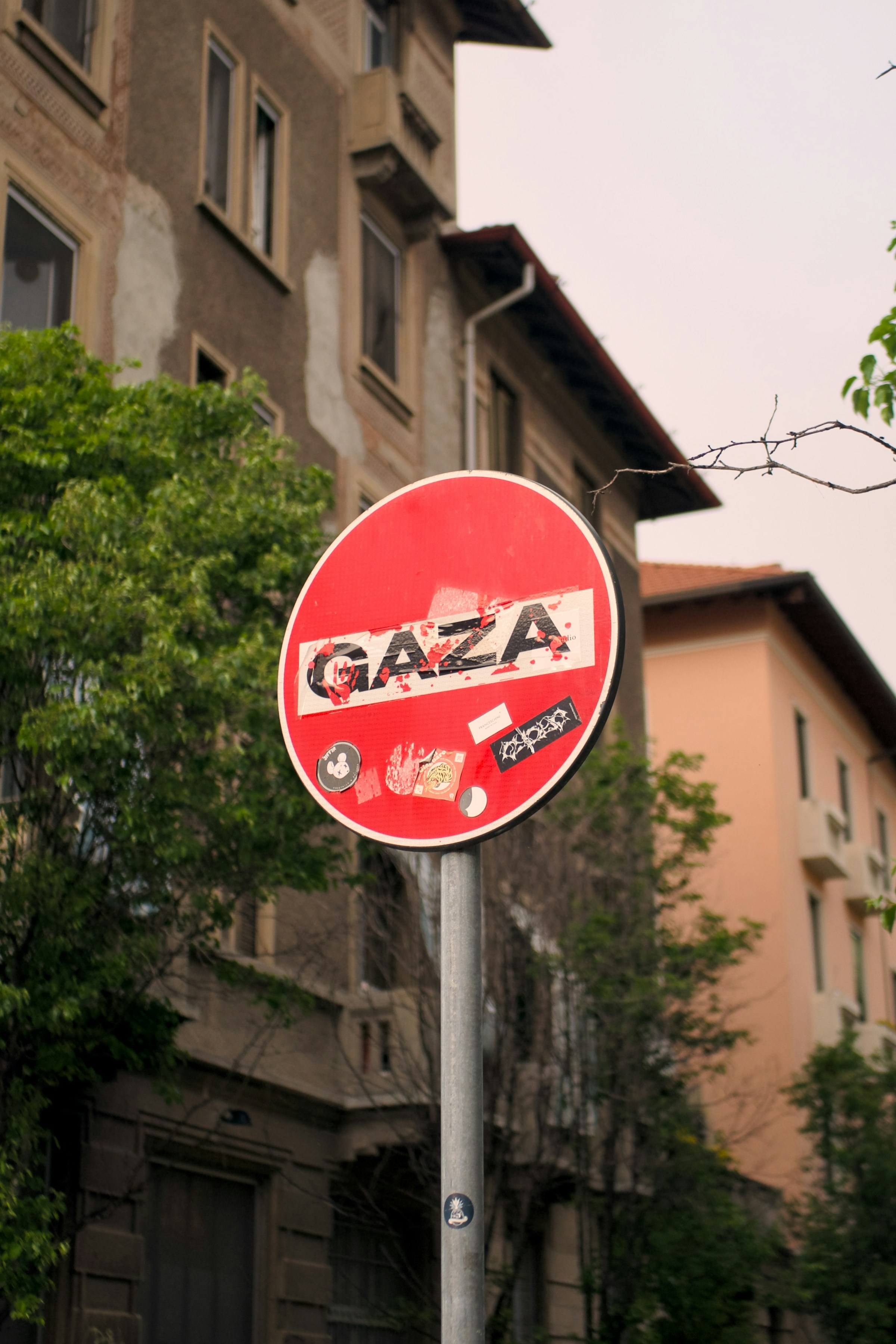Hamas has accepted a new 60-day Gaza ceasefire proposal brokered by Egypt and Qatar, a move Doha describes as “almost identical” to a prior plan Israel had indicated support for. Jerusalem has yet to issue a formal reply. A senior Israeli official, speaking to AFP, reiterated that Israel’s position is unchanged: any deal must secure the release of all remaining hostages.
The outline on the table looks familiar to anyone who has followed the last two years of on-off talks. Mediators describe staged exchanges that would free a significant share of the remaining Israeli captives in return for hundreds of Palestinian prisoners, a sharp uptick in aid flows, and a partial pullback of Israeli forces from parts of Gaza. Much of this mirrors elements in earlier US-backed frameworks that Israel had previously said it could accept, which is why mediators are pressing the “near-identical” point. Israel is expected to convey a position imminently.
Qatar’s foreign ministry spokesman Majed al-Ansari framed Hamas’ response as constructive, saying the accepted text tracks a plan crafted with US envoy involvement and offers a time-boxed route to a broader settlement. That alignment matters because it narrows the argument to sequencing rather than substance: whether a phased release and phased withdrawal can stand in for Israel’s demand for a single, comprehensive exchange that returns everyone at once.
The political weather around the talks is volatile. In Israel, sustained demonstrations have amplified pressure on the government to prioritize a hostage deal over continued offensive operations. Those protests have coincided with pointed objections from far-right coalition partners who oppose any agreement that pauses the campaign or trades prisoners before Hamas is dismantled. That split narrows the government’s room to maneuver, even if security chiefs argue a structured pause could create conditions to recover captives and stabilize the front.
On the ground, military tempo has not meaningfully eased. Earlier this month, Israel’s security cabinet approved an expansion of operations aimed at taking control of Gaza City, a plan that drew both domestic and international criticism given the humanitarian toll and the risk that renewed urban combat will complicate any truce window. The proposal Hamas accepted arrives against that operational backdrop, which is precisely why mediators characterize it as a “window” that must be seized before facts on the ground harden further.
The human ledger remains stark. Gaza’s health authorities, whose data the UN has long treated as generally reliable, report more than 62,000 Palestinians killed since October 2023. Israel’s tally from Hamas’ Oct. 7 attack remains around 1,200 dead. Hostage accounting has converged around roughly 49 to 50 captives still in Gaza, at least 27 of whom Israel assesses are deceased. Those figures are painful context for negotiations that often reduce lives to bargaining units and timelines.
Read this moment as a design problem rather than a diplomatic drama. The Gaza ceasefire proposal is built as a sequencer. It swaps “all-at-once” certainty for “step-by-step” verification, and it assumes both sides will accept interim gains if the pathway to a full exchange is credible. Israel’s counter-design hard-codes a different constraint: no end to the war and no political relief until every hostage is returned. Those two architectures collide at the point where verification, domestic legitimacy, and battlefield leverage intersect.
If you strip out the rhetoric, the product logic sits in three places. First is inventory and cadence: how many hostages, in what order, against which prisoner cohorts, and on what time clock. Second is enforcement: who certifies compliance at each step, who delivers aid and access into the strip, and what tripwires snap the sequence back to conflict if one party stalls. Third is survivability: whether a pause can survive spoilers inside Israel’s coalition and inside Hamas’ own command network. The mediators’ “almost identical” line is an attempt to say that the parameters are not the problem; the sequencing and political cost are.
There is also a market for time. Each day of continued strikes raises humanitarian and reputational costs for Israel and weakens the international patience that underpins military latitude. Each day of delay raises the risk that Hamas fragments in ways that make centralized commitments harder to enforce, even if the group’s leadership wants a deal. The reason both sides keep returning to this same template is that, despite its compromises, it is the only structure that seems to balance incentives with verifiability. The longer the gap between acceptance and implementation, the more brittle that balance becomes.
Miles’ take: this looks less like a breakthrough than a convergence test. If Israel can translate “all at once” into a verifiable sequence that does not reward stalling, and if mediators can guarantee enforcement and aid delivery on a fixed clock, the political math might finally line up with the operational one. If not, the system reverts to its default state of attrition. The signal here is not optimism. It is that both sides are again inside the same design space, which is where deals usually happen if they happen at all.





.jpg&w=3840&q=75)








.jpg&w=3840&q=75)
.jpg&w=3840&q=75)